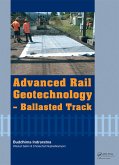
eBook, ePUB
16. März 2011
Taylor & Francis eBooks
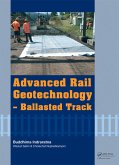
eBook, PDF
16. März 2011
Taylor & Francis eBooks
Gebundenes Buch
2. Auflage
14. August 2023
CRC Press
| eBook, ePUB | 215,95 € | |
| eBook, PDF | 215,95 € |
eBook, PDF
14. August 2023
Taylor & Francis eBooks
eBook, ePUB
14. August 2023
Taylor & Francis eBooks
Ähnliche Artikel
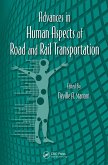
eBook, ePUB
17. Juli 2012
Taylor & Francis eBooks
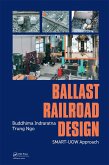
eBook, ePUB
27. Juni 2018
Taylor & Francis eBooks
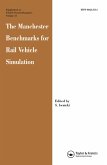
eBook, ePUB
1. November 2017
Taylor & Francis eBooks

eBook, ePUB
25. September 2024
Taylor & Francis eBooks
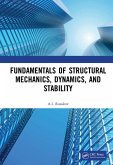
eBook, ePUB
15. Dezember 2020
Taylor & Francis eBooks
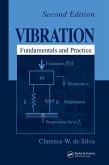
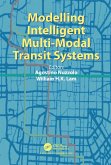
eBook, ePUB
17. Februar 2017
Taylor & Francis eBooks
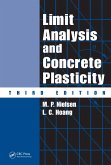
eBook, ePUB
19. April 2016
Taylor & Francis eBooks
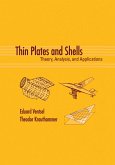
Ähnlichkeitssuche: Fact®Finder von OMIKRON
